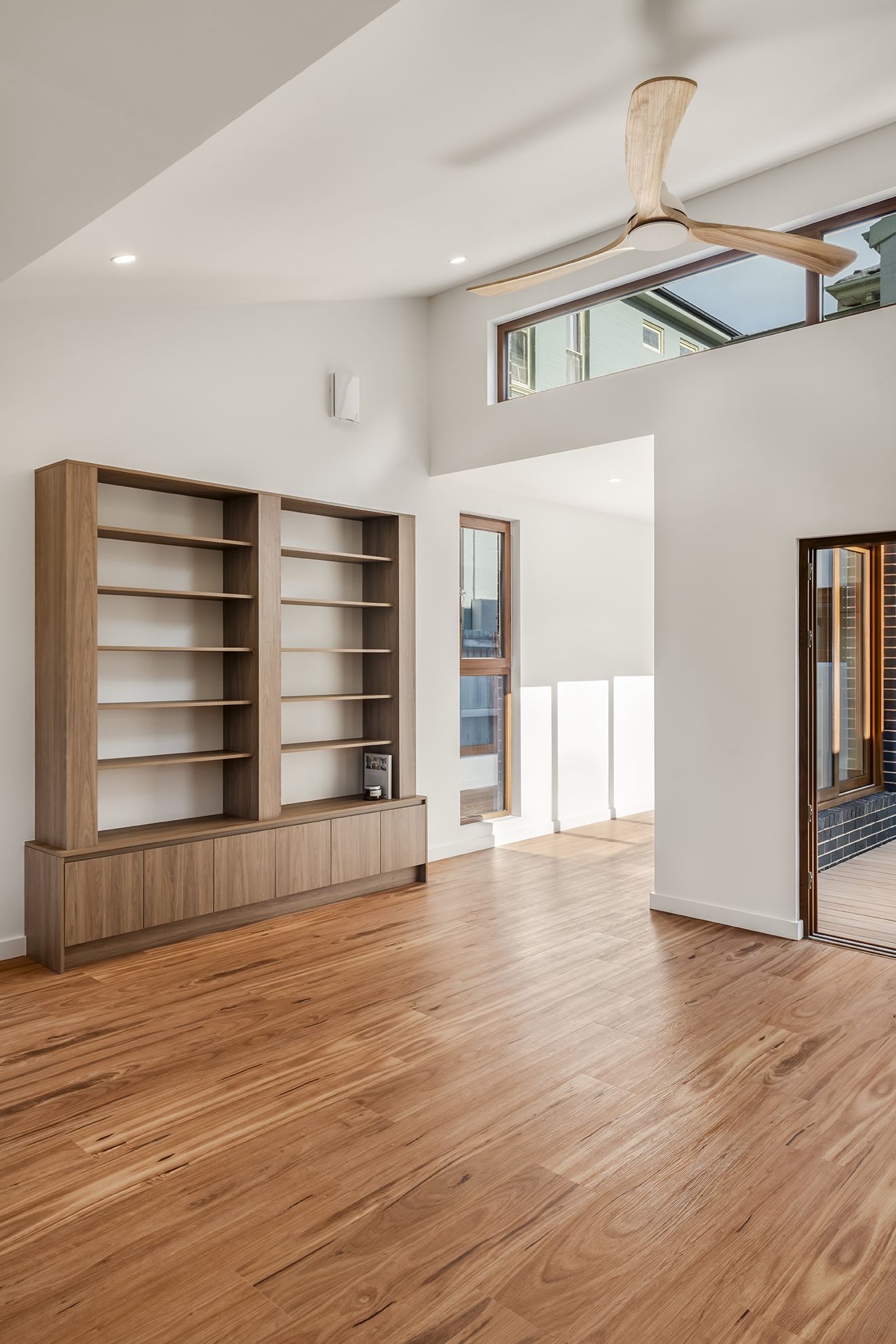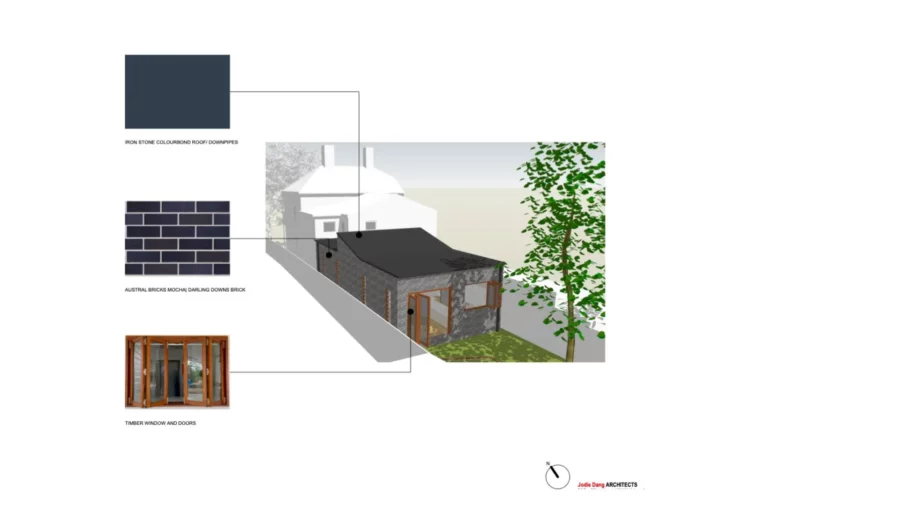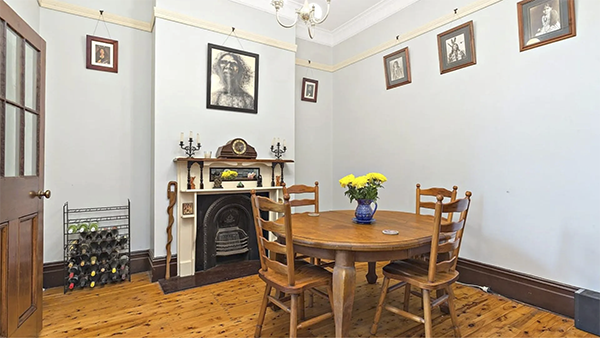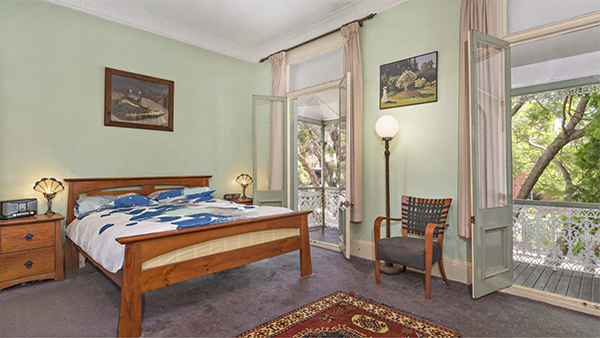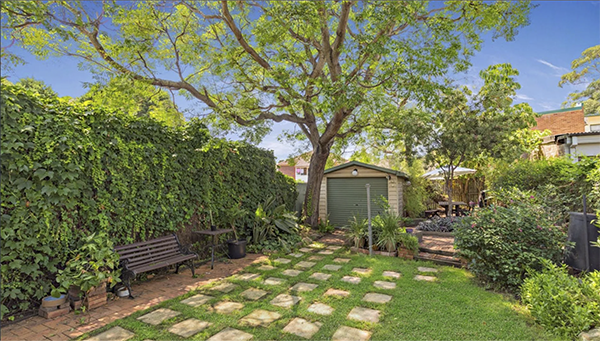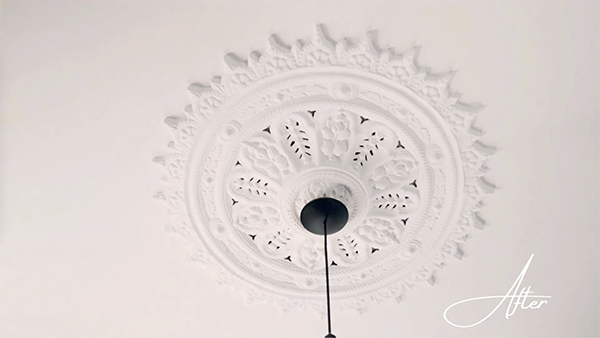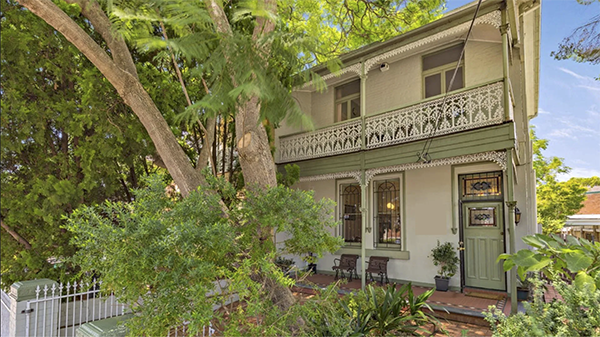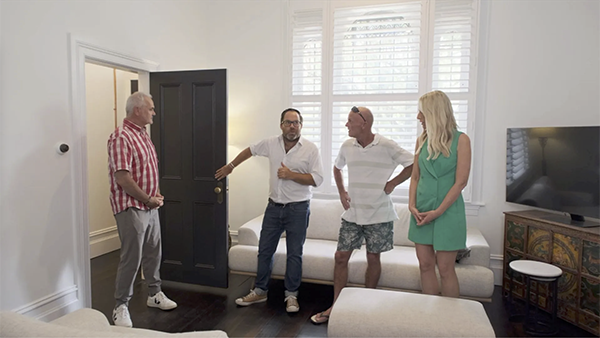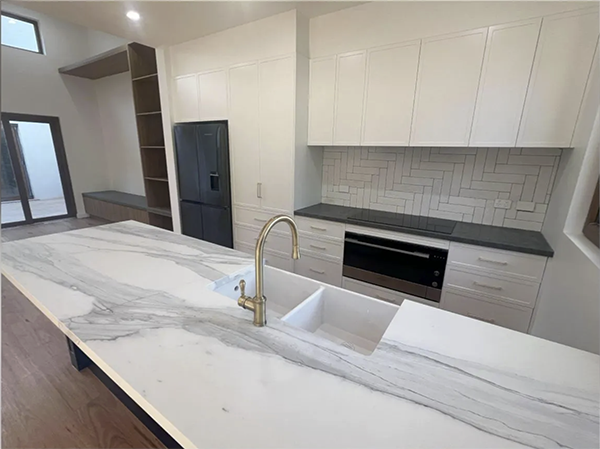1920’s Cottage
Before
After
Back in 2010, a couple purchased a beautiful 1920s home in Earlwood. The house certainly had a lot of charm and presence, but its old age also came with its own set of problems. While the couple appreciated the vintage aesthetic, they felt that the house was in dire need of updating to keep up with modern living standards.
As they were residing overseas, the couple hired a trusted team comprising Architect Jodie Dang and Project Manager Joseph Wallhouse to look after the house and prepare it for their return.
A top priority for the couple was having the house maintain 24 degrees all year round, without relying on air conditioning. They also wanted to incorporate more natural lighting into the interior and make it flow better with the outside environment. The couple was willing to explore prefab options and wanted to use sustainable materials for the construction. All this was to make the house more sustainable, reduce their carbon footprint, and lower utility bills.
Both plans made great cases, and the couple had a hard time deciding. The rebuild plan came with a lot of improvements and looked absolutely stunning to boot. Utilizing available land space with great side access, rooms, and openings positioned optimally, whilst achieving an 8.2 Energy star rating, the rebuild design ticked quite a few boxes.
However, Real Estate Expert Dean Owsnett helped Joseph give his recommendation to the couple and swayed them toward the much safer renovate plan. It simply preserved more of the house’s 1920s character while still meeting the couple’s requirements.
All of the original façade was kept with minor touch-ups, a new carport was added, and pre-fab construction was used for the rear which provided more space leading out to the backyard. This meant the couple could add a new kitchen, dining room, bathroom, laundry, and multi-use room.
Addressing the couple’s requirement for the house to maintain a comfortable temperature, lightweight construction materials were paired with quality insulation throughout the home, window orientations were also optimised to maximise the airflow, and the house was also made to be airtight.
To ensure superior air quality whilst maintaining a comfortable indoor temperature, Fanco’s Heat Recovery Ventilation (HRV) units were installed. These units are a form of mechanical ventilation that introduces fresh and filtered air into your home while maintaining a comfortable temperature.
Finally, Fanco’s Sanctuary DC ceiling fan was installed to circulate this warm/cool air into the space and further reduce energy bills. The fan’s elegant Scandinavian styling also complemented the timber furnishings around the renovated cottage.
With all the improvements to the old house’s design, it achieved an impressive energy rating of 7.5 stars. The choice of materials and the use of energy-efficient ceiling fans and HRV systems will maintain a comfortable indoor temperature all year round with extremely low energy consumption.
To address the couple’s requirement for the house to maintain a comfortable temperature, lightweight construction materials were paired with quality insulation throughout the home, window orientations were also optimised to maximise the airflow and the house was also made to be airtight.
Project name:
1920’s Cottage (Renovate or Rebuild, Season 2 House 4)
Architect:
Jodie Dang
Fanco Products:
Habitat HRV
Sanctuary DC
Photography:
Vikram Hingmire
